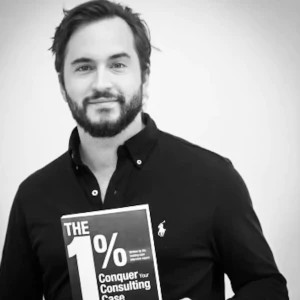Dear all, this is one of my first cases, and I am a bit confused.
All is clear until the "selling the investment bottles" part in question 1: here, it says that the client shall sell the initial investment wines, so the 120 bottles from the initial investment + the 72 bottles from the first investment. I don't quite understand how we decided to sell precisely this quantity (i.e., no more or less). Is it because we always want to have a stock of bottles available? And if so, how much in the stock do we want to keep?
The rest of the calculations are straightforward. I just don't understand how we reached this first conclusion about selling 192 bottles after 5 years.
Thank you very much in advance!
Francesca












